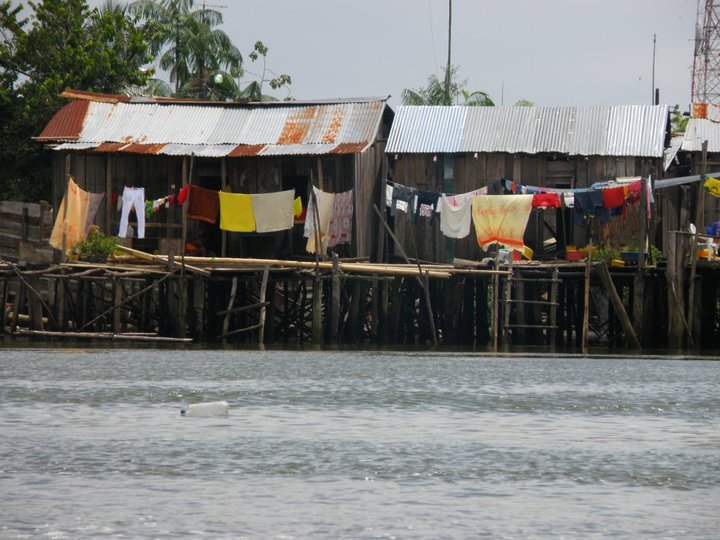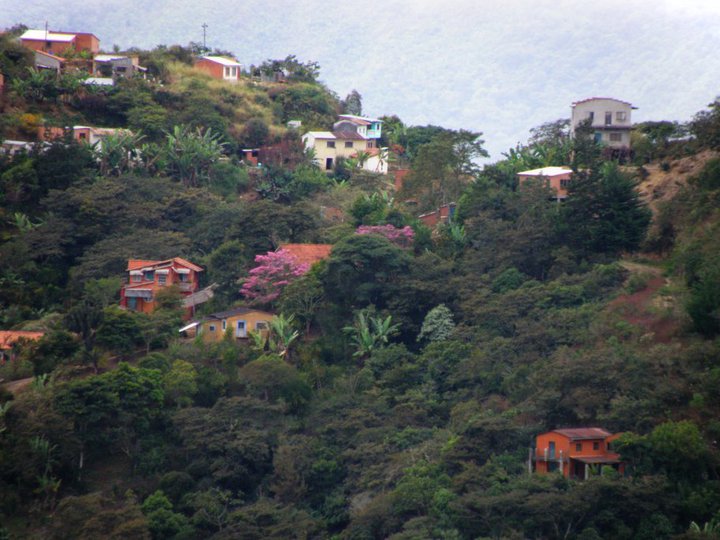I'm going home tomorrow. "Home" of course being a highly subjective reference, since 2 days after getting 'home' I'll be going home to another 'home.'
We're in Chile - San Pedro de Atacama to be exact, in a hostel set amidst the driest desert on the planet. The land around here gives off a very alien impression, and the complete and absolute absence of life from the terrain shapes an atmosphere resemblent of another world. Not one single blade of grass penetrates the sand, and the rocks and canyons exemplify the planet shaped through pure geological forces - the real whim of the Earth.
Anyway, we rented bikes today and make a 36 km loop through the valley of the moon (el valle de la luna), down a more or less paved path that runs between terra cotta cliffs, towering stand-alone sand dunes, salt flats, and colorful odd anomalies in rock structure that make you wonder if some divine creator once ate some of that cactus that grows around here.
(Realization: biking through desert sand is an unpleasant task)
We hit the end of the road, ventured down a dirt road so poorly maintained that bike travel was nearly impossible, until we found a abandoned salt mine, where massive (and we're talking near 100 kilos) salt crystals and blobs were visible in the side of the cliff. I knocked off a handfull with a rock to bring home.
Our days in Chile have been few, but its certainly been a change in pace and surroundings from the highland markets and cobble stone streets in which I'd set a lifetime record for 'most dead chickens seen.' Instead we found pedestrian malls, mediocre clothing boutiques, and other wonders of the western world.
Upon arriving in Arica, our first Chilean destination, we, of course, hit up the tallest place around - an ocean-side overlook on some cliffs a good 100 meters above the town. From there, we spent our valuable time sitting and waiting for hours in the early morning until the groggy clouds moved out to sea and left us with a sunny, although cool and breezy, air around us.
The rest of our day we spent sitting on the beach, witnessing 90 degrees of the suns daily path. When it got kind of cold in the breeze, I carved out an inlet in the sand band large enough for me to lay inside and take a nice warm nap. It was pleasant. While George played in the sand, I made adventure out of trying to run quickly to large rocks exposed occasionally by receding waves, then stand on them and get hopelessly wet as the next current rolls in.
We spent our next night on bus (a bus on which we found our selves by fluke put in the downstairs first-class seats), and arrived early this morning to San Pedro.
It's night time now. Tomorrow morning we'll cross the mountains at the Paso de Jama - one of the highest navigable roads in the world, and get in by night to Salta, Argentina - a city I've learned to navigate in my four previous visits to that gateway to the north.
The stars in the desert are unlike anything I'd ever imagined seeing. In the driest place on Earth, free of humidity, and in most cases, human settlement, the stars spout out brightly, even as the last traces of the blue sky linger after sunset, in a psychedelic fusion of day and night. Then, in the dark night, the milky twinkle of the sky reaches down to the horizon all around, and the silhouettes of colossal mountains dominate the skyline.
Tonight, on the last night of what I've come to see as a life style, I made delicious hot chocolate to share with my hostel mates on a sub-zero (C) desert night.

















